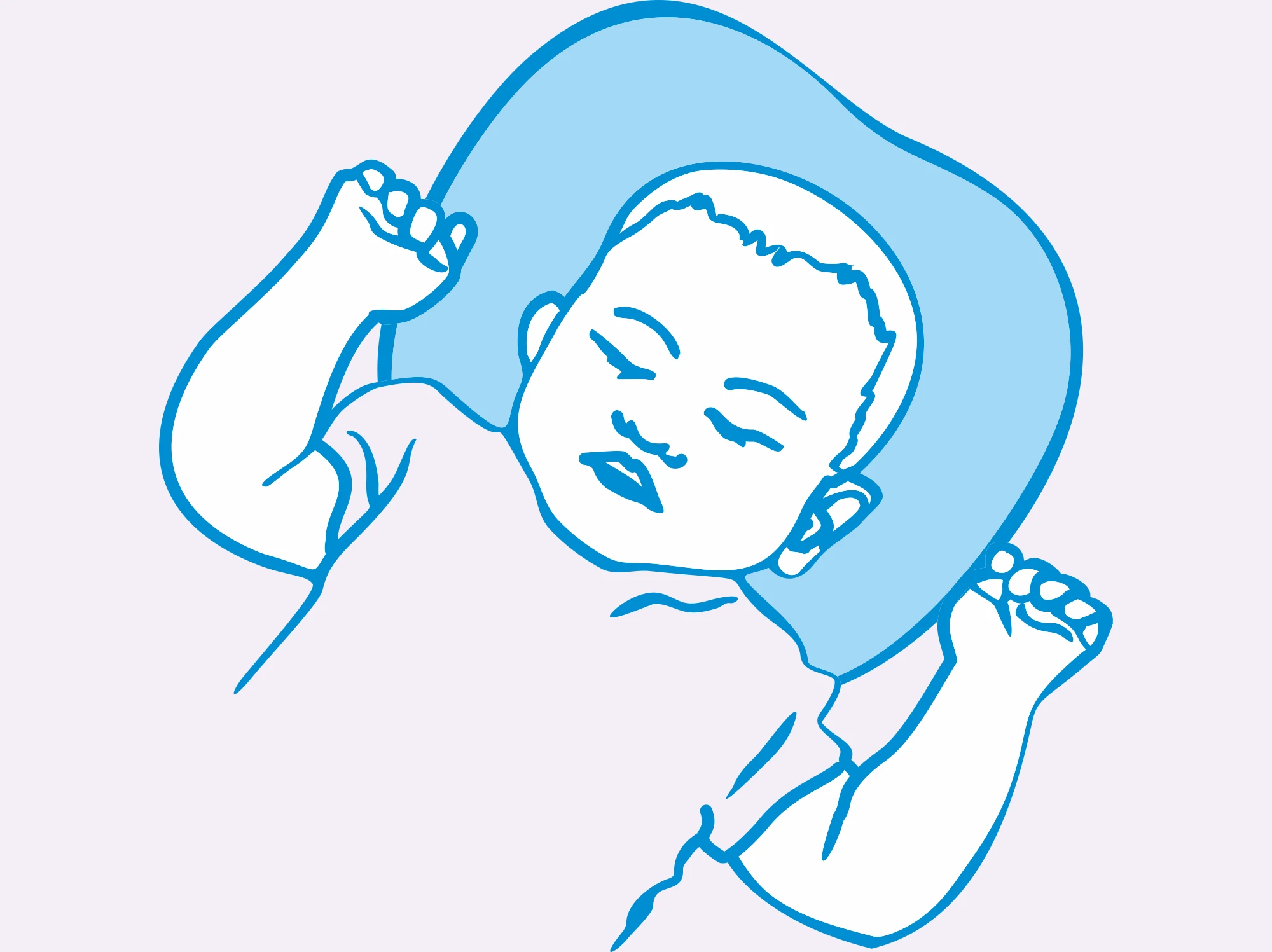To provide services at the highest level, we use cookies. Using the website requires you to choose settings related to their storage on your device. If you want to know what each type of cookie is used for, click the Details button below.
What are the effects of using a pillows for infants?20 stycznia 2024 |

Yes, the asymmetry of the baby's head should even out. A flat head in infants is a natural phenomenon related to flexible connections in the skull. The baby's head gradually shapes itself until 18 months of age, and changing sleep positions as well as alternating lying on the stomach and side help minimize this asymmetry.
No, pillows for babies, especially orthopedic ones, are unnecessary and can be dangerous to the baby's health. Experts recommend that infants sleep on a flat surface, preferably on a firm mattress. They should sleep without additional pillows, providing proper support to the spine and protecting against Sudden Infant Death Syndrome (SIDS).
No, scientific studies do not confirm the effectiveness of pillows for a flat head. A review of studies involving nearly 400 scientific publications showed that using pillows for infants had no statistically significant effect on improving the appearance of the baby's head.
Using pillows for babies can pose various health risks, including disrupting the free flow of air, which can lead to oxygen deprivation. Studies indicate that pillows for babies increase the risk of Sudden Infant Death Syndrome (SIDS).
A baby should sleep on a flat and firm surface because its head and spine are in the shaping phase, and the flexible connections in the skull are still closing. Additionally, placing the baby's head flat helps it breathe, while bending it towards the chest makes it difficult for the baby to breathe. Extra elements are unnecessary and increase the risk of SIDS.